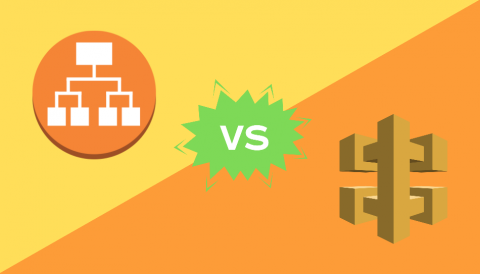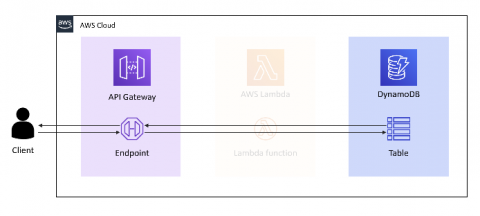How to Reduce Costs on AWS Lambda
As a Serverless computing service, Lambda already saves hundreds of thousands of dollars for many companies out there. While traditional server-based infrastructures usually lead to overprovisioning and waste, the Serverless pay-per-use model enables cost-effective cloud spending. Nevertheless, there are still more cost-saving opportunities that many development teams miss on AWS Lambda. Optimizing Lambda functions can be time-consuming, though.






